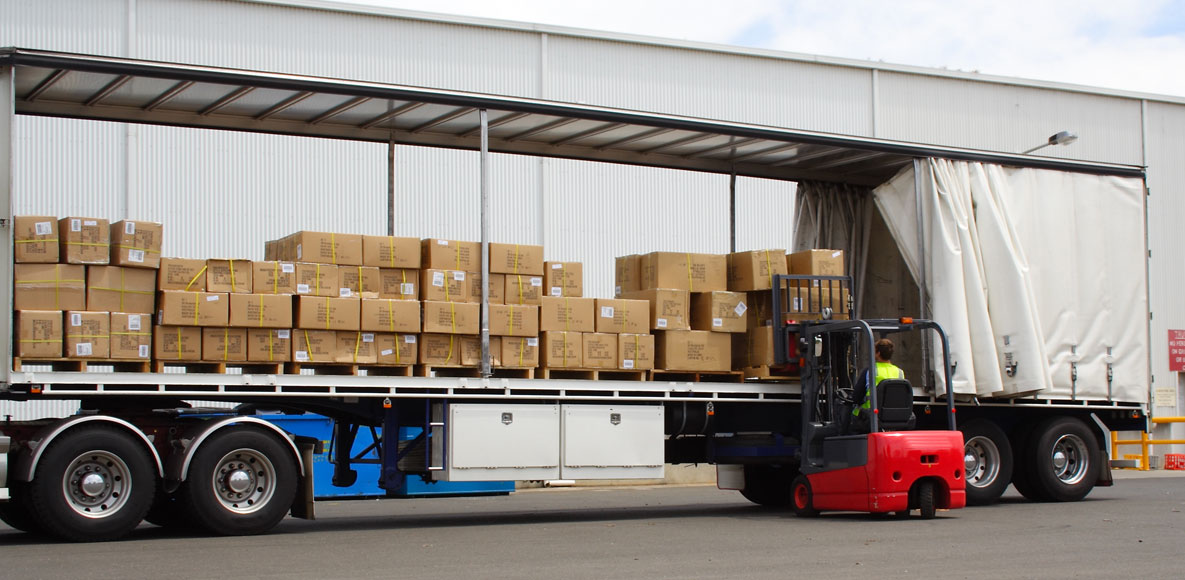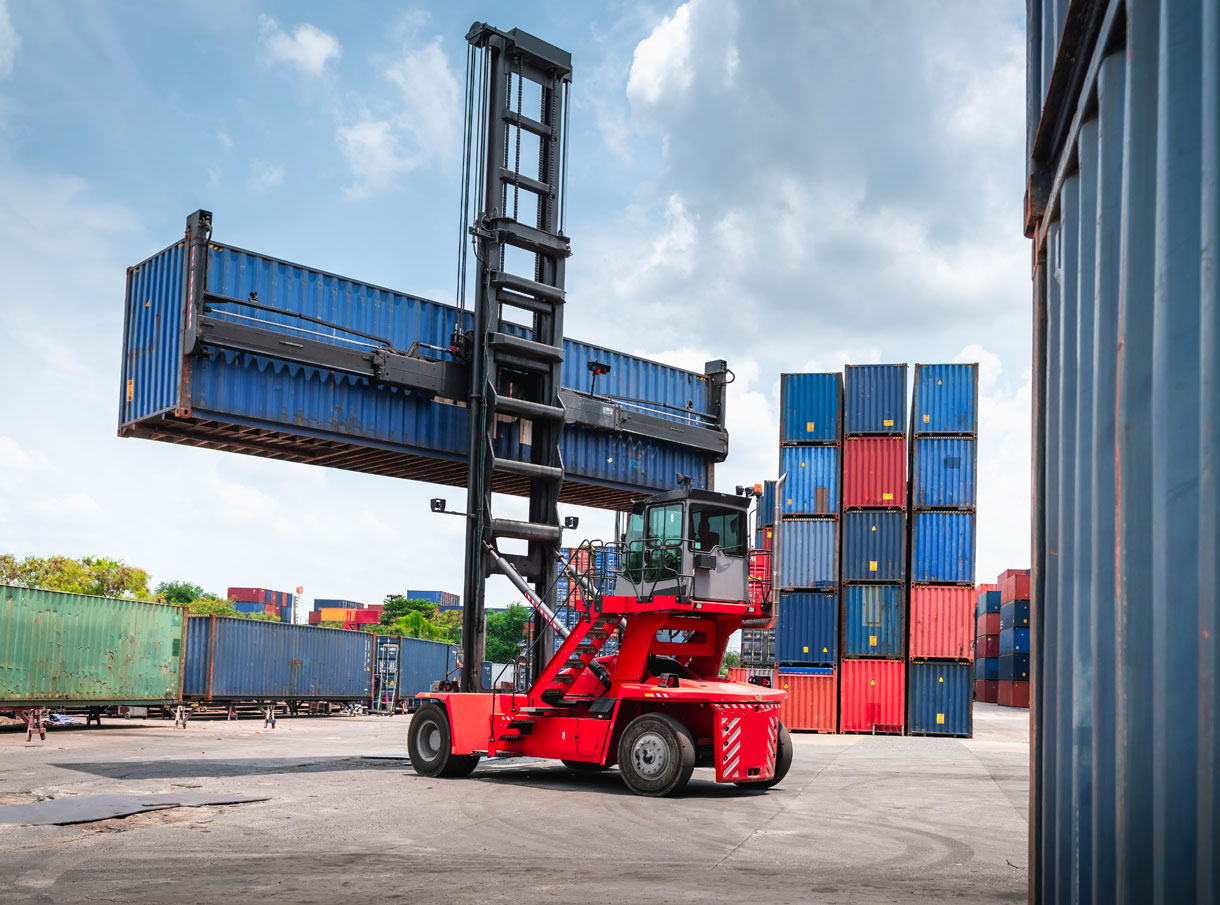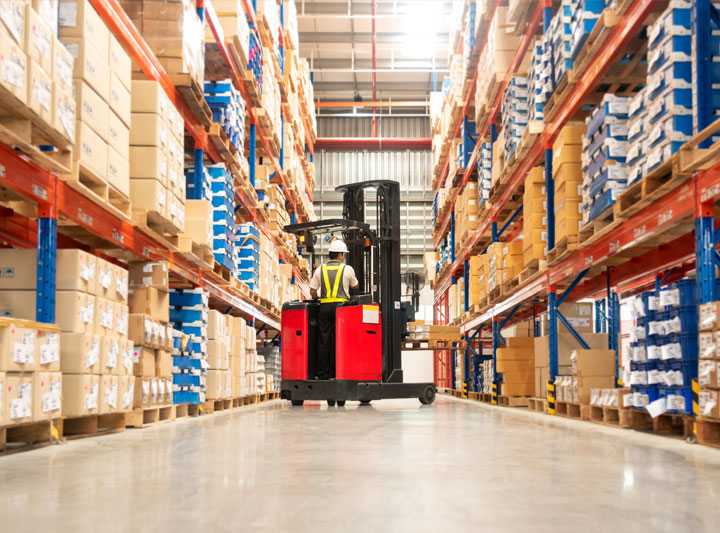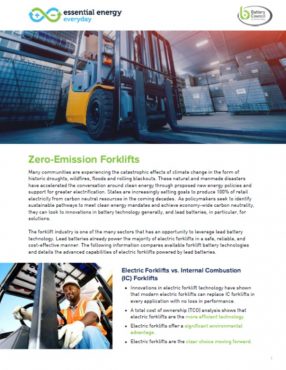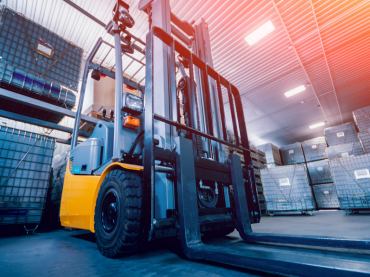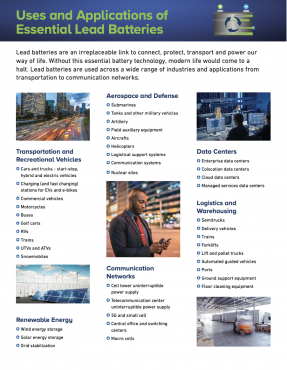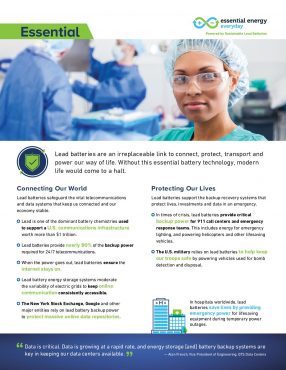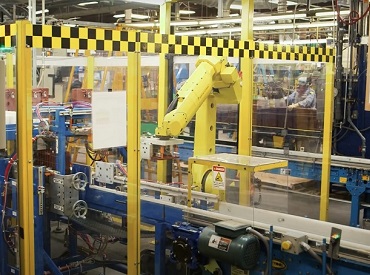Today’s global marketplace requires complex logistical networks to keep our economy on track. Lead batteries play a critical role in making it happen like clockwork. Approximately 76% of all material handling equipment, from freight trains to electric forklifts, use advanced lead batteries to, literally, move the economy.
Lead Batteries Support Economic Recovery,...
Forklifts have long been the reliable workhorses in moving materials from point A to point B. Now, electric forklifts – and the lead...
Article
June 9, 2021

